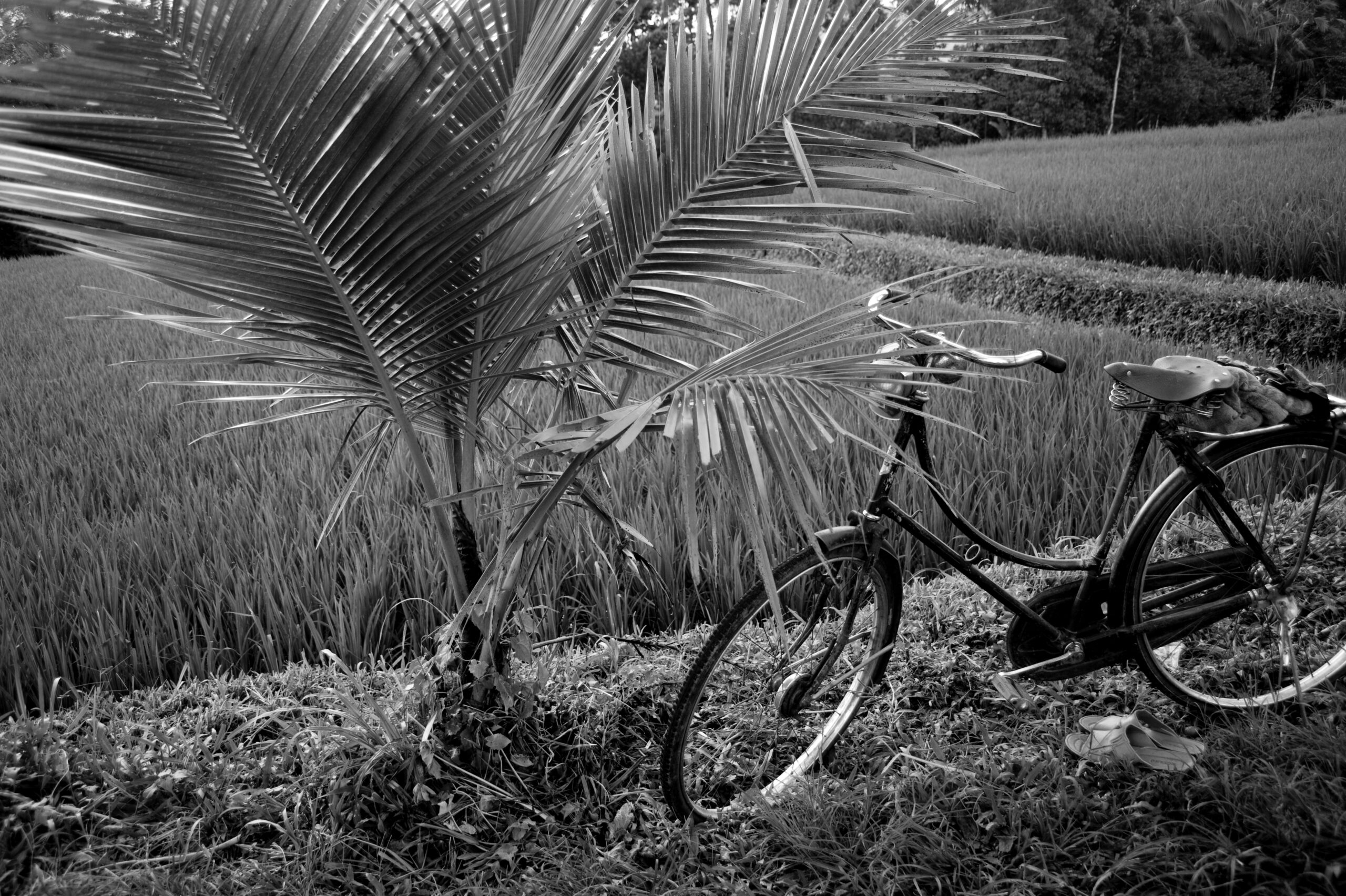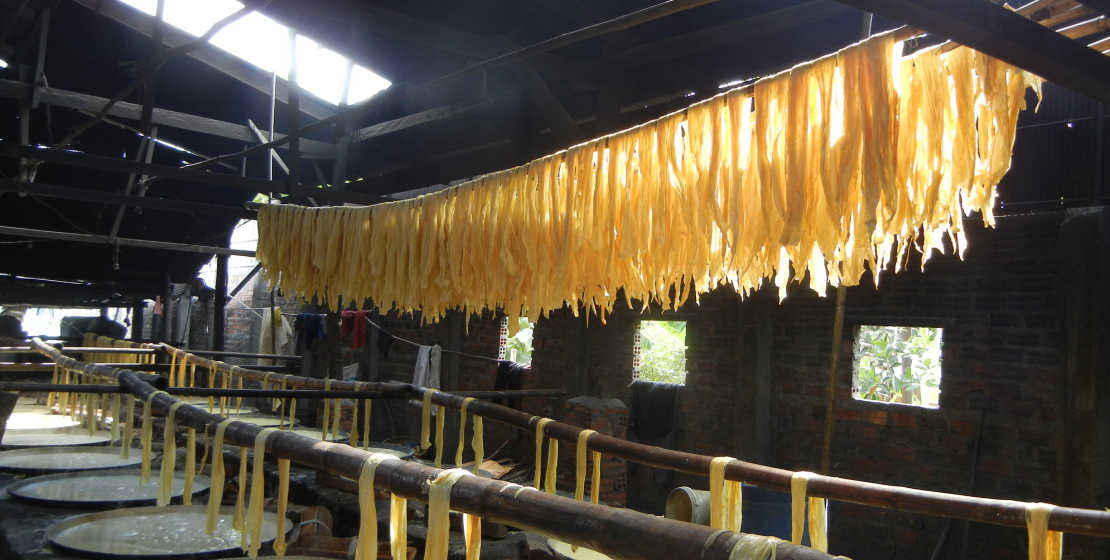THANK FOR YOUR INTEREST
We will contact you soon. How shall we contact you?
Or
Leave us you email
We will contact with you soon. How can we contact you?


HIGHLIGHTS
- Visit Silk Island.
- Ride bike.
- Discover inhabitants hospitality and women weaving silk.
- Cruise on a private boat back to the city
Just a 15 kilometers drive away from Phnom Penh, you’ll explore the charm of rural Cambodia within the beautiful Koh Dach island.
Koh Dach is the ideal place to enjoy a refreshing break and discover a glimpse of the island’s primary occupation: silk weaving. This traditional Cambodian art gave the island its surname, The Silk Island, and makes it a national treasure.
Riding your bike, wander on the narrow lanes among palm trees and discover the beautiful verdant green landscapes of the island. Far from the buzzing atmosphere of Phnom Penh, you’ll witness men and women wearing the traditional cotton krama as they’re working the paddy fields among water buffalos. You will also get to admire the traditional small houses on stilts and the splendid pagodas dotting the landscape. The hospitality of the inhabitants, especially the children greeting at every corner of the streets will be the fondest memory of your visit.
Although the most striking image of your tour will be the women weaving uninterruptedly under each of their houses, making beautiful colorful silk scarfs.
After exploring the island, you will get back to the city by private boat, the perfect occasion to enjoy a mini-cruise on the Mekong River. It’s the ideal opportunity to discover the hidden face of Madame Penh, the other name of Phnom Penh.
Useful Information
Everyday. Morning or Afternoon. Half day. Family welcome.




